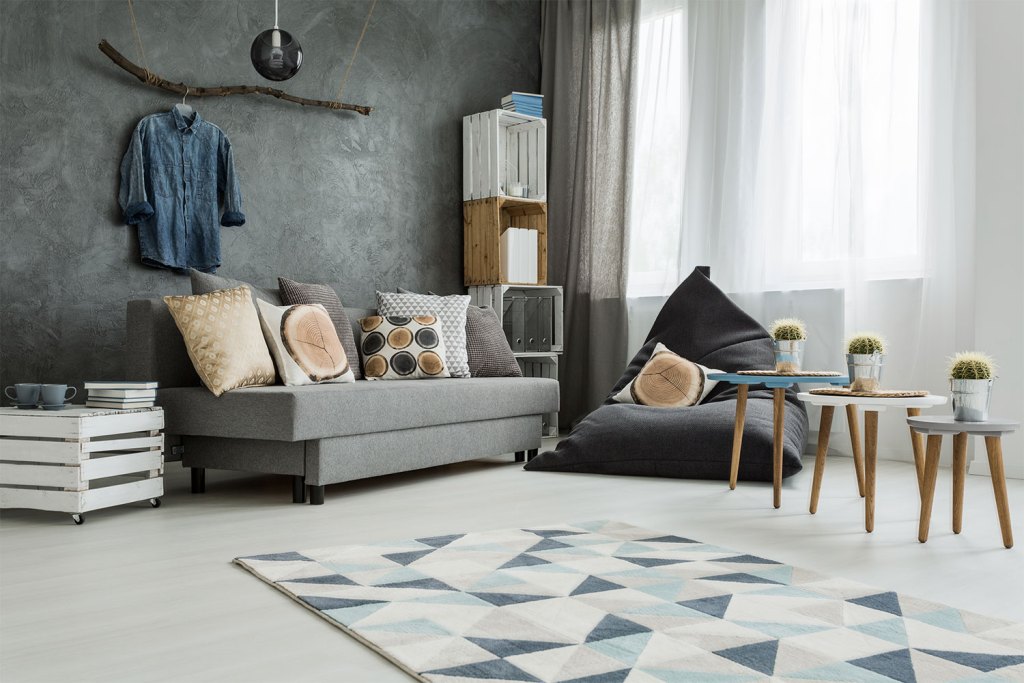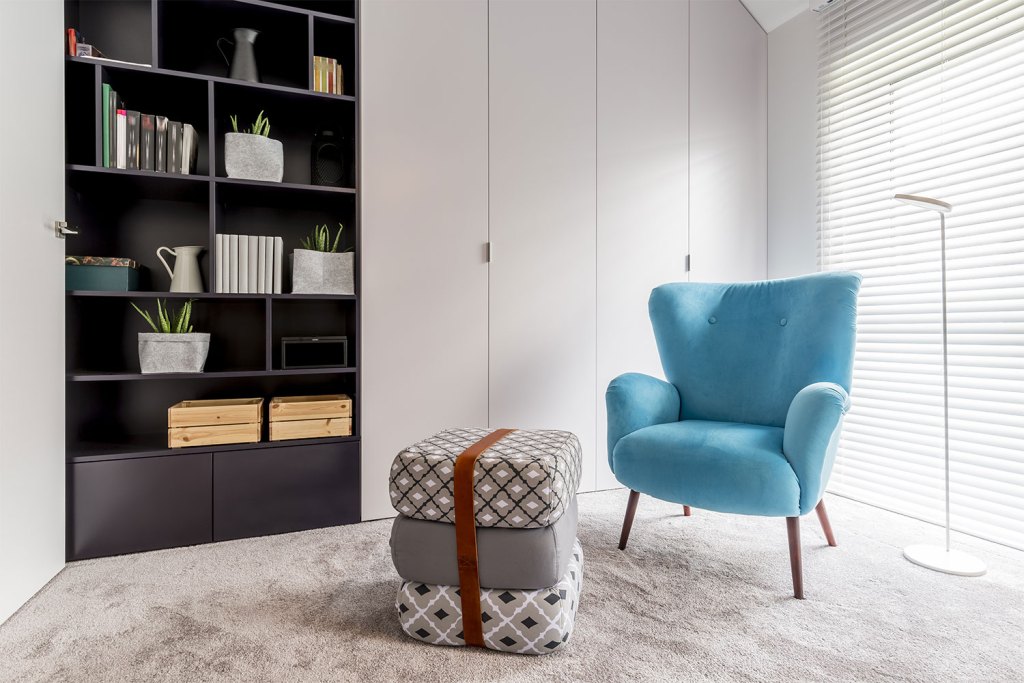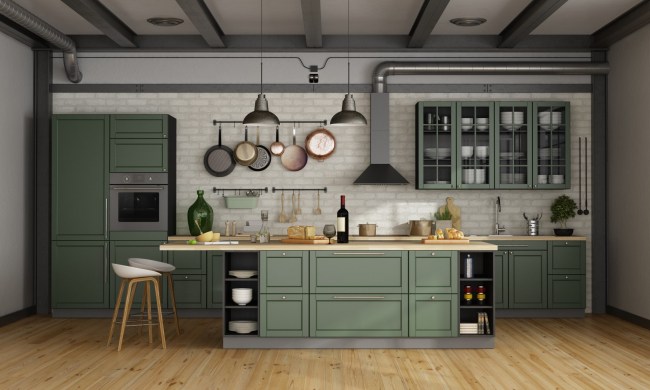Your living room is for living, but what happens when it becomes a little too lived in? You need some serious organization to keep everyone’s favorite gathering space under control.
None of these tips turn your living room into an untouchable space where you’re afraid to sit down. Instead, these doable tricks help keep your space neat and organized even on those lazy Saturdays you love so much. Here’s what you need to know about decluttering your living room and keeping it as orderly as possible.
Create zones
If you’re the only one living in your home, it’s simpler to keep things organized. Add in spouses, children, family, or roommates, and things get a little more complicated. People sometimes use the living room for different things, so creating zones can help prevent clutter creep. Susie Novak Interiors suggests ways of creating unique living room zones.
Children want to be around you, so create areas where they can play. Add some stylish bins to hide small pieces or toys, and make use of the Montessori mat. Alternatively, you can use a small blanket or rug to give your child a clear space to play (for more guidance on the aesthetic element, learn how to decorate living rooms with rugs with our top tips!) All the toy cars stay on the rug or mat, and when your child is ready for building blocks, the toy cars go back in their rightful bin.
Likewise, if someone works from home, create a small area to store work items. If you have space for a desk, this is perfect, but you can also use a side table to stack computers, files, or even a small printer.
For game time, remotes, and other paraphernalia, a gaming coffee table can help. Find one with lots of slide-out drawers, so that your puzzle can remain hidden until you’re ready. Another drawer can hold remotes or cords, or you could add them to their own bin down below the coffee table. The Inspired Room shared ideas on how to create a room specific for games or bonding with family and friends.
Look at your living room in terms of these zones to help everything find a home and ensure that you aren’t all on top of each other competing for space.

Use the unused spaces
You might have more space in your small living room than you think. Take a look around with a critical eye to uncover some storage areas you may not have thought about.
- Put blankets behind the sofa — A trunk or bookshelf can give you some space to roll up unused blankets out of sight until your guests come over.
- Flat boxes — Under your sofa, coffee table, or entertainment center is more unused space. Could you wrangle odds and ends in flat boxes that slide out of sight? If so, you’ve got an excellent place for all those games, puzzles, and unused cords.
- Wall space — Floating shelves are great places for storing your beloved souvenirs, bottle collection, photographs, and other things that clutter up coffee tables and dining tables in combination living rooms. Move items off flat surfaces to the walls. There are simple living room shelving ideas that are meant to help keep clutter at bay. For more inspiration, check out even more of our living room shelving ideas.
The more you look for space to tuck things away, the more you may find areas to store things when you don’t have an attic or closet for things that don’t always get used. Plus, it cuts down on dust and clutter that fall underneath furniture.
Hide everything
The more bins and drawers you have, the easier it is to keep all your necessary items close but not in your visual space, as Storables said. The surface of your coffee table isn’t the place to store all the remotes and controls, books, and papers. Sweep those things into a drawer and make a plan once a month to declutter them.
Baskets can hide movie cases, shoes, toys, and crafting supplies. Everything that clutters up your space can remain hidden behind a uniform design — even magazines can hide behind envelope files — and your space will automatically look cleaner and more minimal. Plus, when everything has a home, you always know where to find things.

If you’re choosing furniture for your living room, choose things with hidden storage compartments, and that means everything. Coffee tables with lift-up tops and drawers underneath, side tables with space for bins and baskets, and ottomans that open up to reveal basins for blankets and pillows — every piece of furniture should do double duty for hidden storage.
Use a catch-all bin
A catch-all bin helps keep things tucked away until you’re ready to re-sort and re-home items. Once a week, every person in the family should claim catch-all items and return them to their proper living spaces. If you’re particularly energetic or have a very small living room, make it an everyday activity.
This could also go for trash or recycling. If you tend to sort paperwork or eat in your living room, a neat, covered trash can will do wonders for your sanity.
One in — one out
At the end of the day, keeping your living area clean is all about consistency. When you decorate, adopt the mindset of one in and one out to help cut down on the piles. Teach your children one in and one out (even if it’s one bin or one category so that play piles are in control).
Once everyone in the family is in the habit of thinking of the living room space consistently, those piles could become something of the past. No matter what, the ongoing business of living requires some maintenance, but your living room can be a source of comfort that works for everyone.



